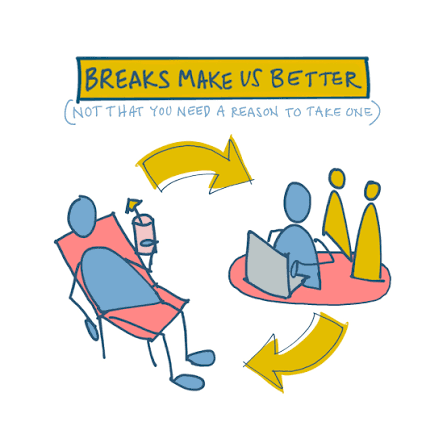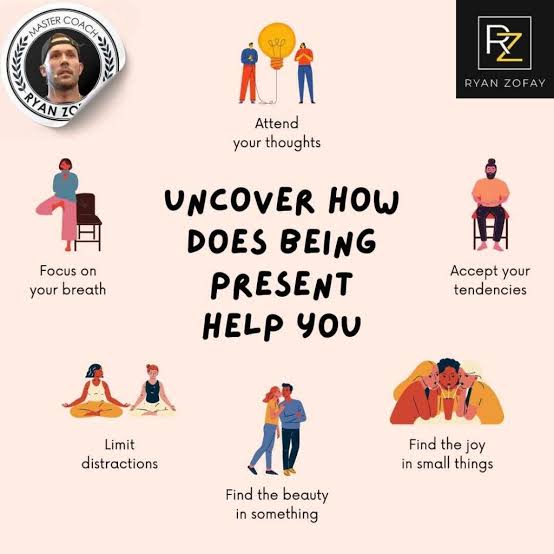Everyone’s lives revolve around completing one task after another, such as fulfilling work commitments, focusing on personal responsibilities, and being involved in social activities to keep oneself productive and easy to connect with others in today’s society. Within the surface level, many individuals feel exhausted and tense and experience a sense of detachment from others. The truth is that never-ending hustle culture cannot be considered a sign of respect and success in the long term, as it creates a sense of imbalance in different aspects of life. Cultivating the art of doing nothing may be believed to be unmotivated and can help individuals to rebuild calmness, develop critical thinking, and create a sense of clarity within themselves.
Why Do We Equate Busyness with Success?
❖ Modern society created a mindset where people must be productive in their lives to gain recognition from others that has been further influenced by the presence of social media that displays images of people who tend to be achieving more, completing their bucket list wishes, and putting more effort into having better quality of lives.
❖ Busyness has become a cage that loads every minute with constant activity that reduces an individual's ability to take a break and gain self-awareness. Most of the people experience mental blocks, unable to regulate emotions and keep working despite showing signs of burnout. 
Embracing Stillness: What Does It Truly Mean?
❖ It mostly focuses on providing mind and body with a sense of being present in the moment, like existing without the overwhelming urge to achieve or produce something.
❖ It involves activities such as sitting quietly with thoughts, watching random things in the environment, enjoying slow walks without phone distractions, and taking deep breaths to notice little changes in surroundings. 
The Calm Advantage: Why Rest Matters
❖ It helps the nervous system to shift from “fight or flight” to “rest and digest,” which can lead to relaxed breathing, slowing heart rhythm, and the body starting to recover from the hectic schedule of daily activities.
❖ Mental serenity helps to boost creativity by making individuals generate different perspectives about the same situation to see new connections and gain insights from critical problems.
❖ Such a state of mental calm enhances the level of concentration and results in efficient problem-solving skills.
❖ An individual with a sense of relaxation can process emotions well, recognize current feelings, and respond thoughtfully instead of showing emotionally driven reactions. 
Mindful Practices for Rest and Reflection
❖ Maintaining a schedule in which you keep 15-20 minutes to simply sit, practice deep breathing, and observe things in your surroundings without using a phone or listening to music.
❖ Keeping the phone on silent and turning off notifications or any digital devices helps to control the need for multitasking and focus on staying connected with oneself.
❖ Taking restful periods between constant loops of tasks by going for a walk that helps to stay in touch with natural surroundings to influence thoughts.
❖ Prioritizing oneself by saying no to avoidable commitments and accepting the feeling of boredom that can help to improve creativity skills and develop clear thought processes.
Conclusion
Doing nothing does not mean delaying task completion or scrolling through social media pages. It focuses on creating space for rest, introspection, and awareness. The art of doing nothing can provide clarity to overwhelming thoughts, maintain emotional balance, restore physical strength, and develop meaningful relationships with others. This can be achieved by creating small time periods for recharging energy, embracing the discomfort of boredom without feeling judgmental, observing things in surroundings without analyzing, spending time in nature, and keeping distance from phone distractions for a particular time period.
